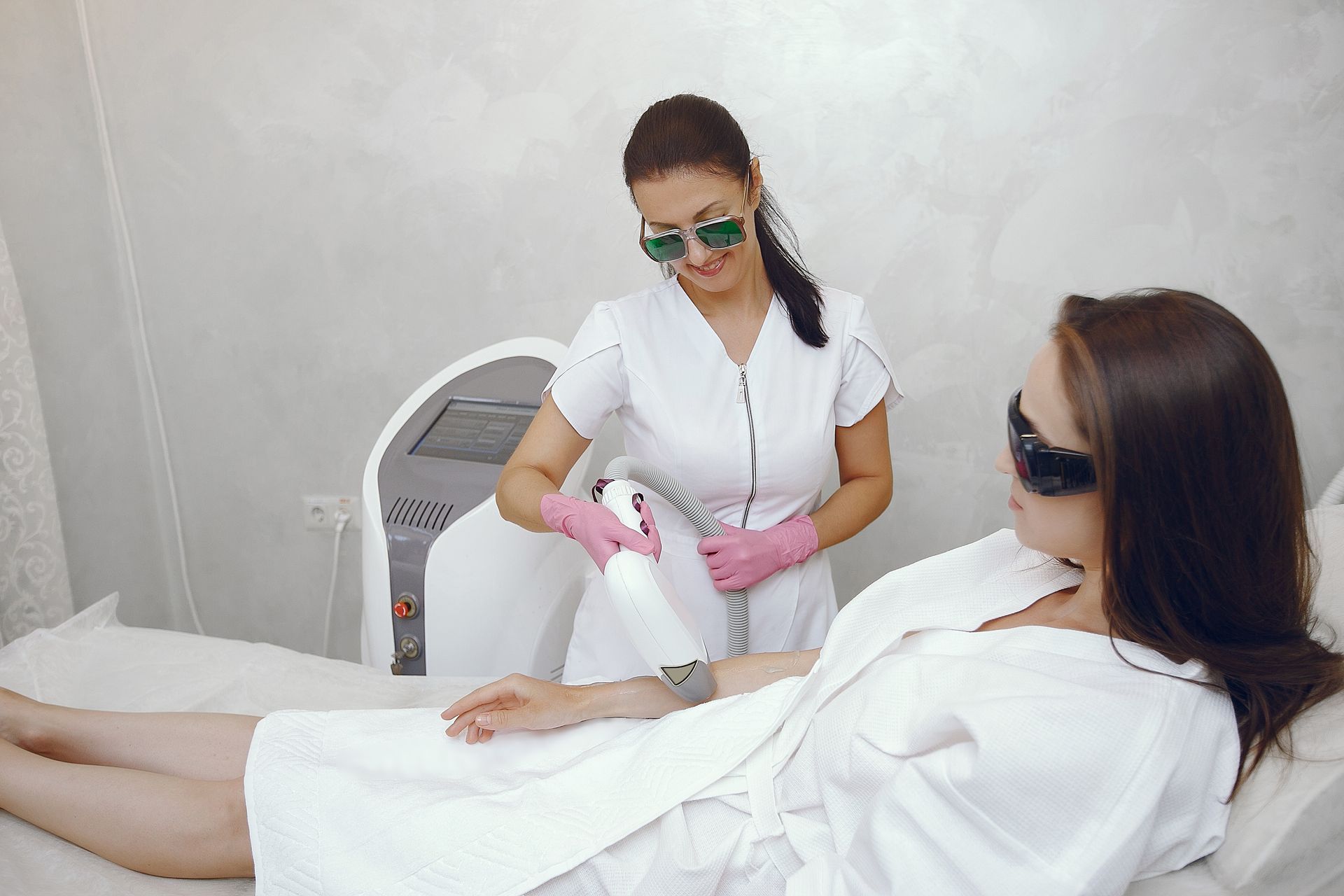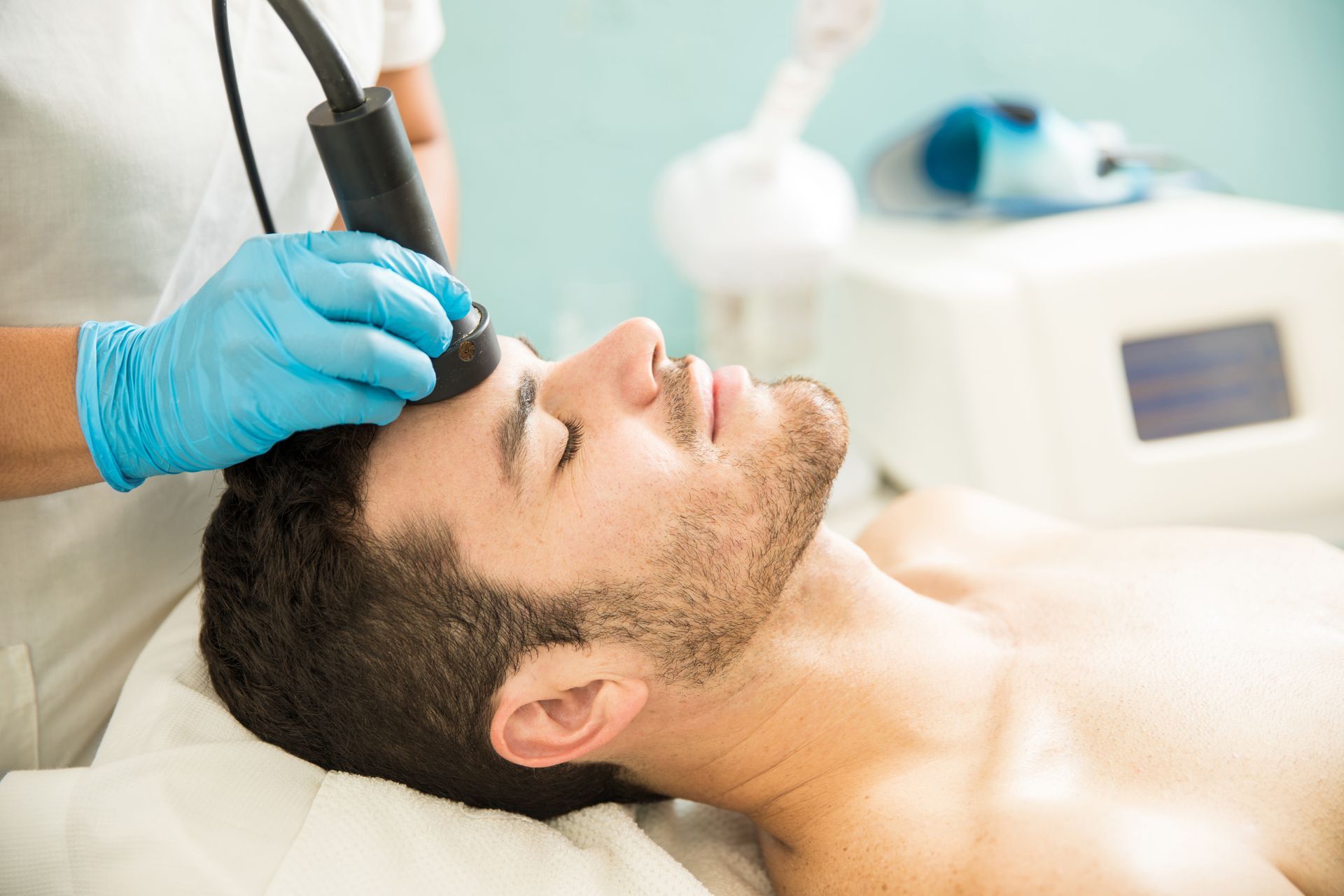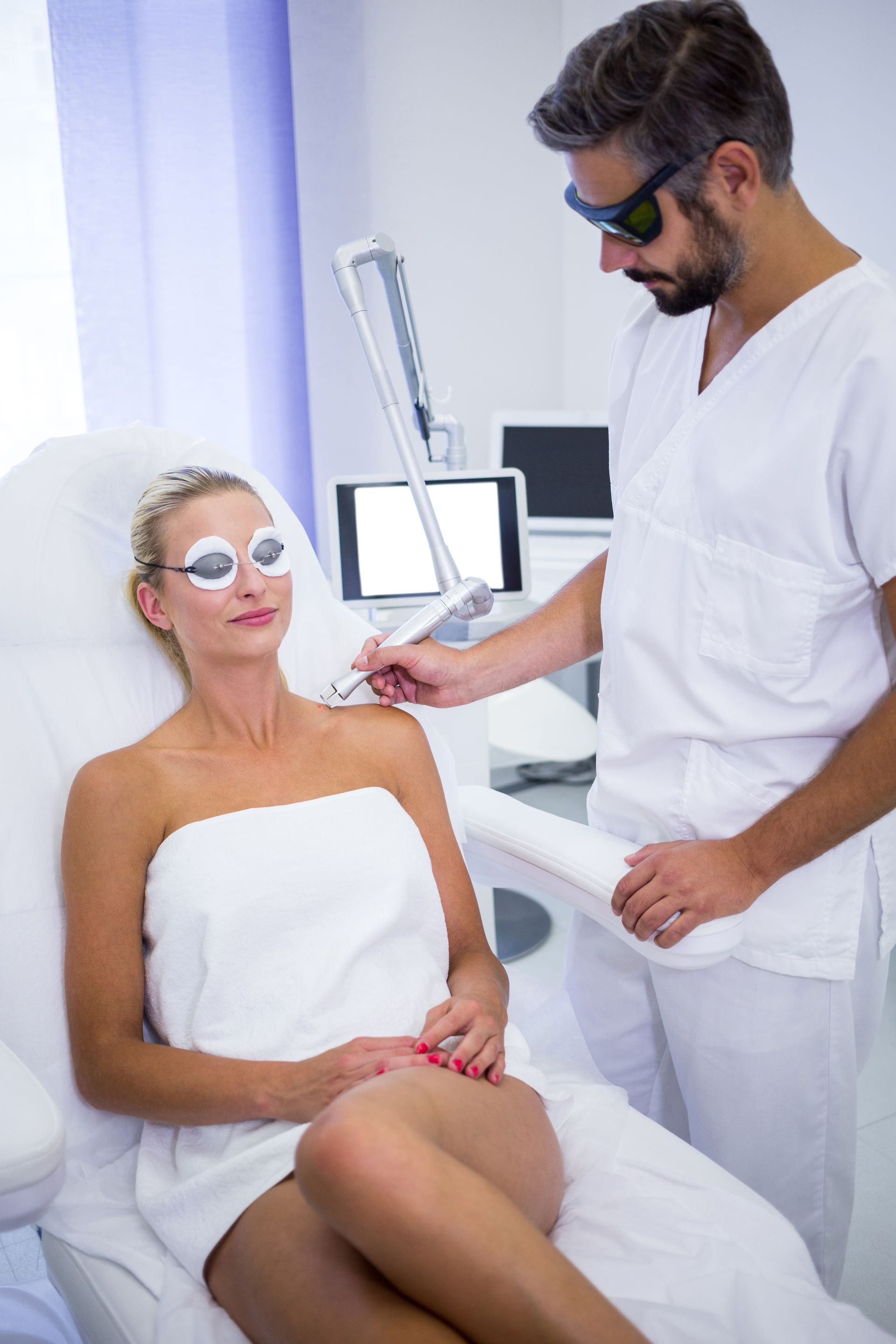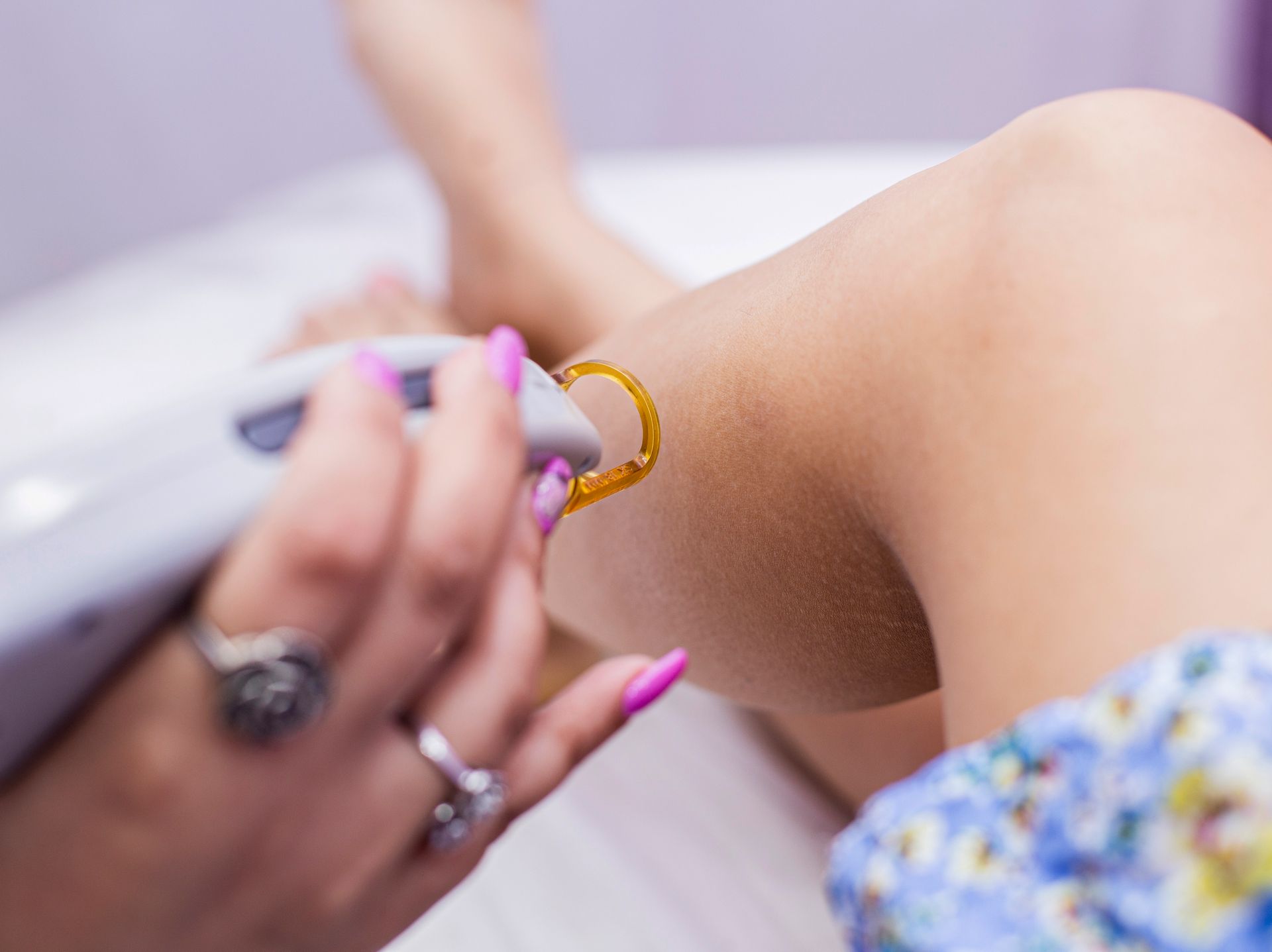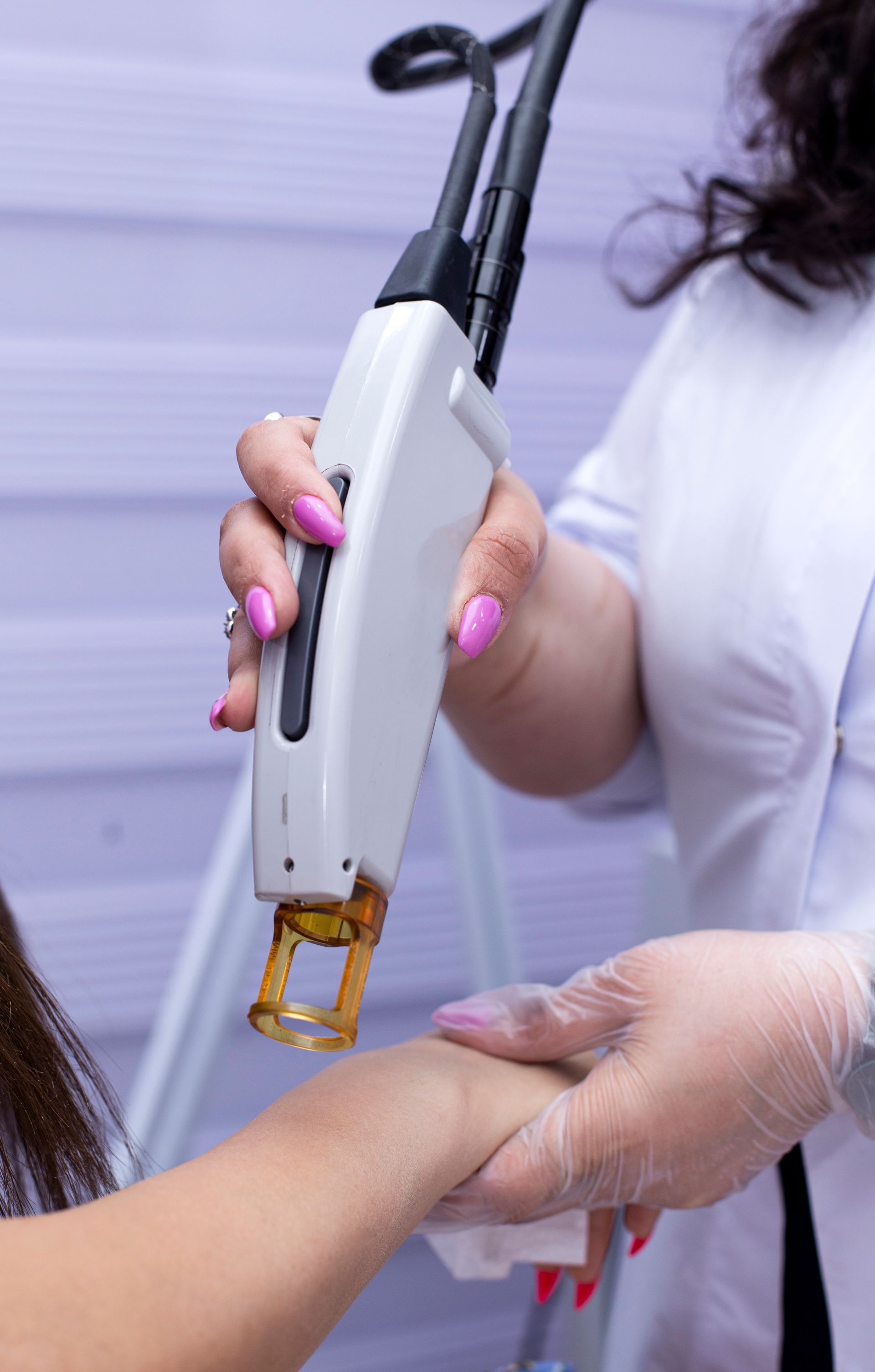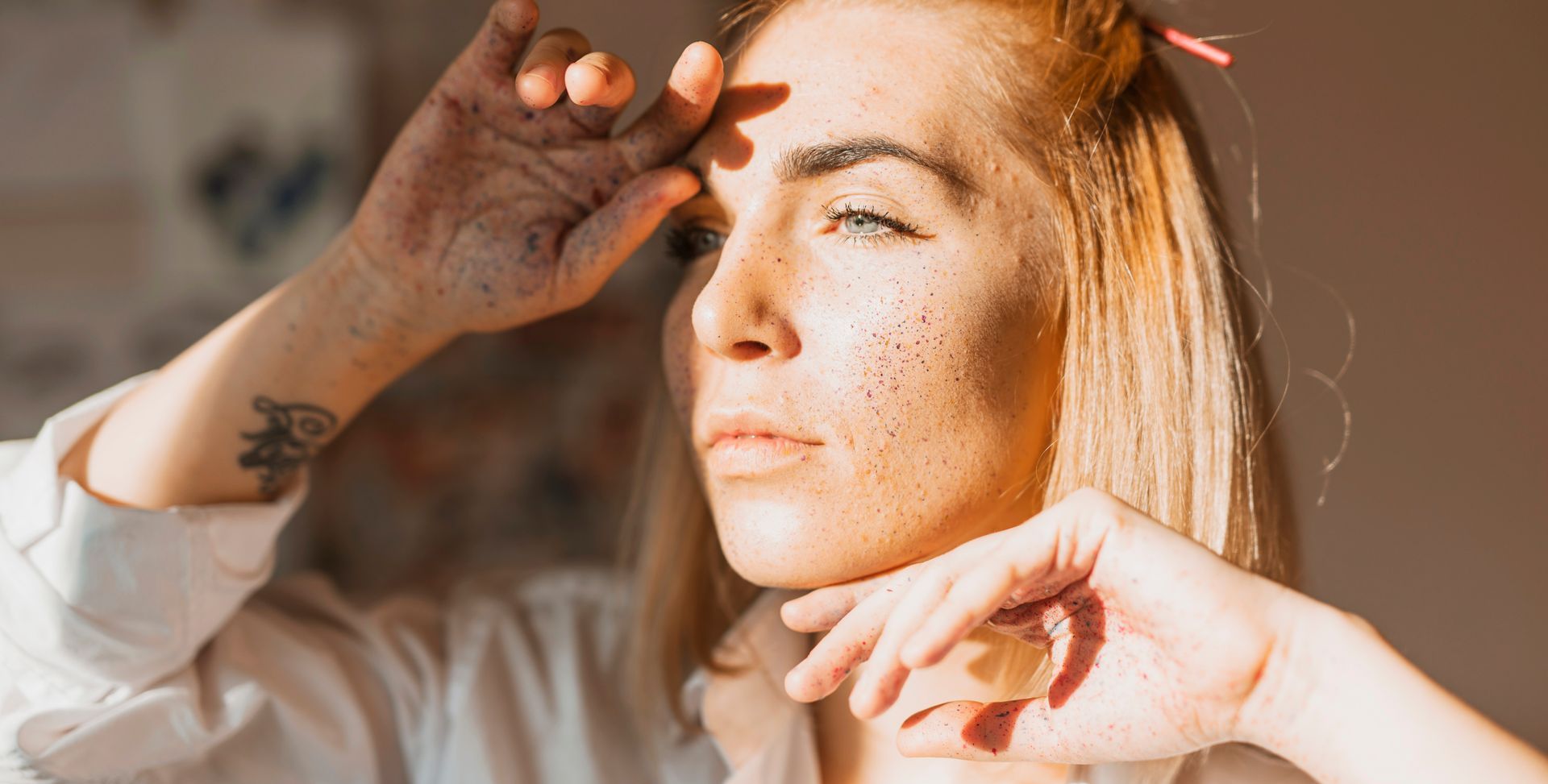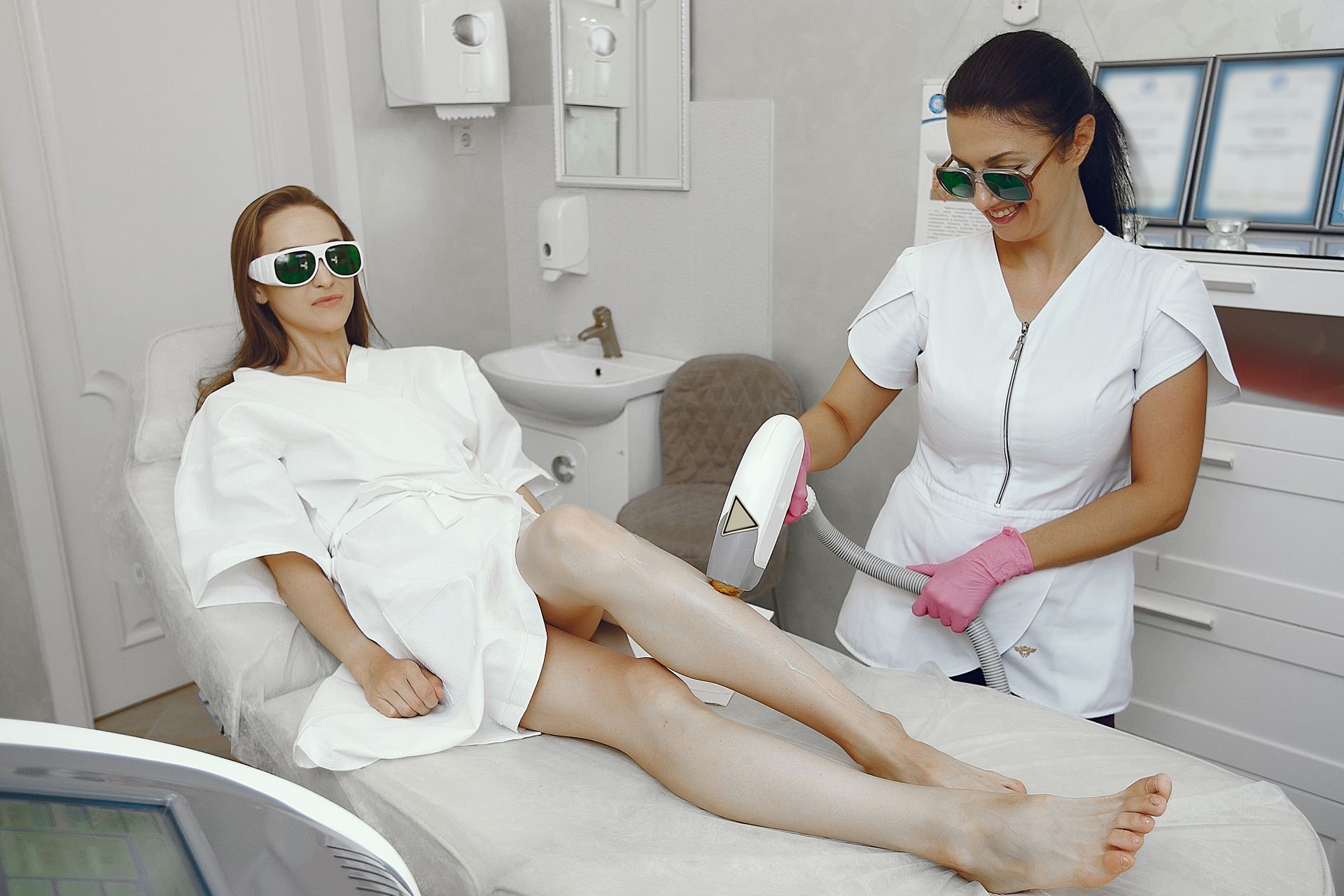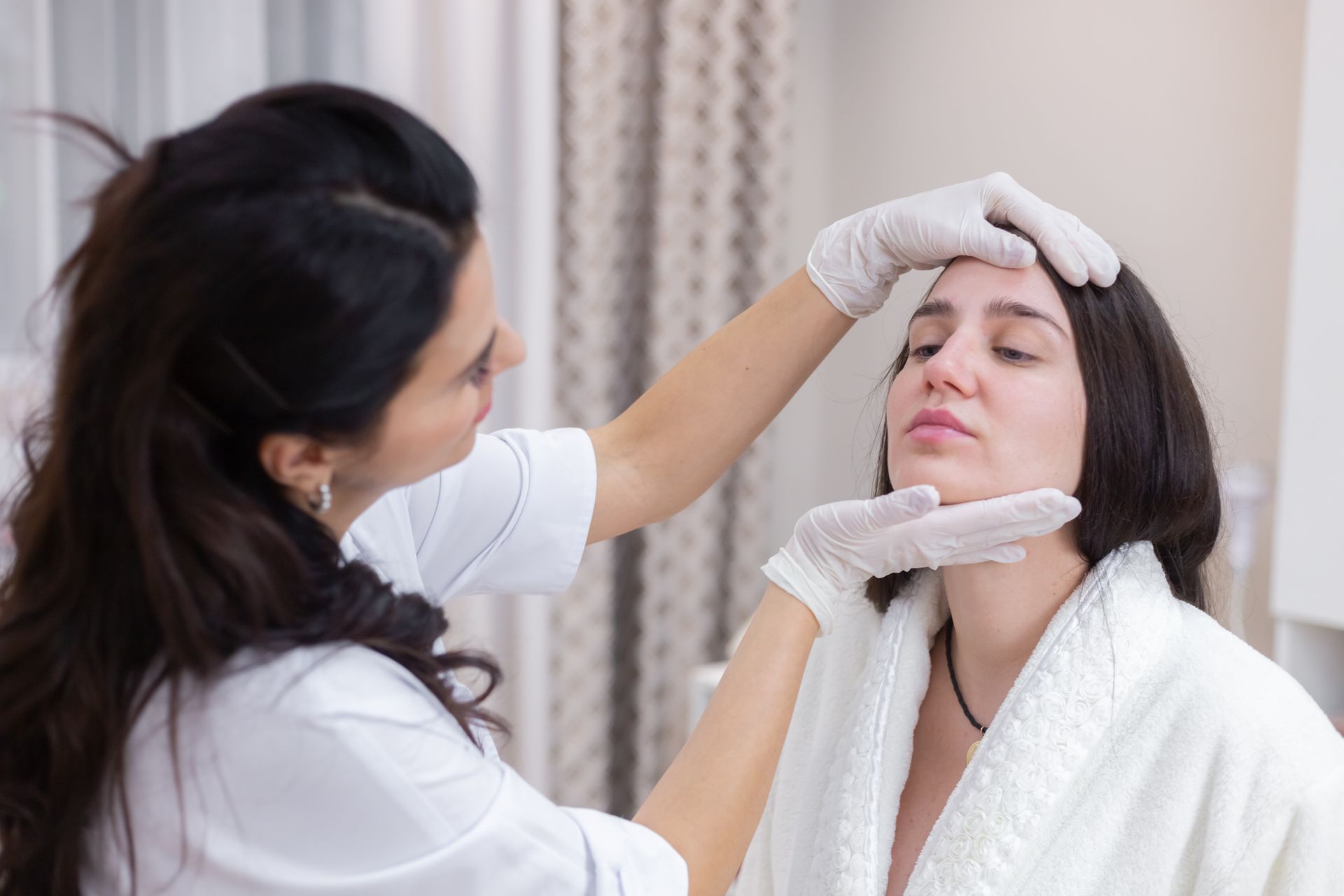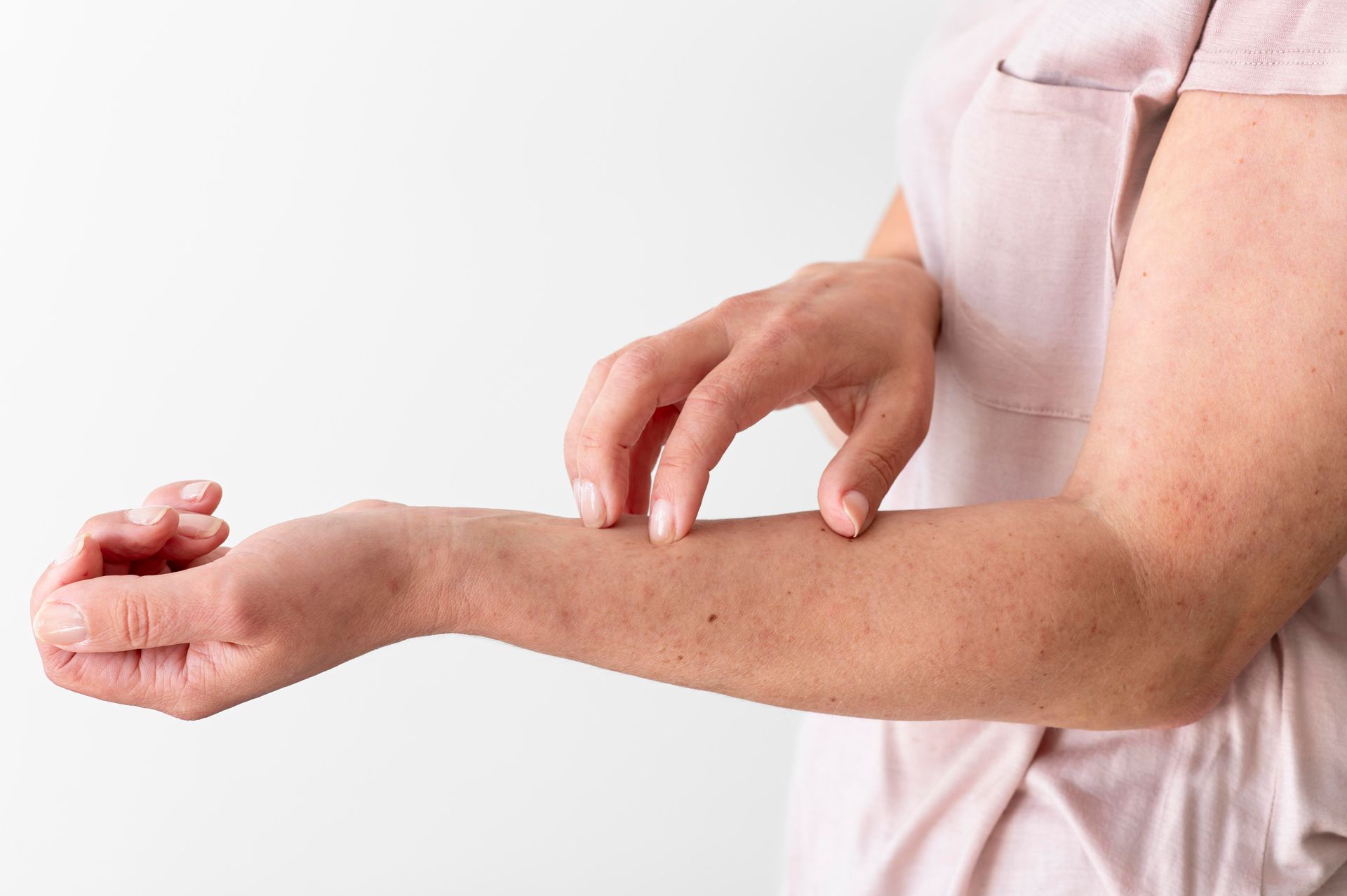Can Laser Hair Removal Cause Small Bumps or Acne-Like Spots?
Laser hair removal is famous for giving you smooth, hair-free skin — but sometimes, you might notice small bumps or acne-like spots popping up afterward. Before you panic and assume something went wrong, here’s the truth: these little bumps are actually quite common and usually not real acne. They’re part of your skin’s normal healing response. Let’s explore why they appear, what they mean, and how to get your skin back to calm, clear, and glowing.
Can You Workout After Laser Hair Removal? (Gym & Sweat FAQs)
What Are the Small Bumps After Laser Hair Removal?
Those tiny red or white bumps you see after a laser session are typically caused by inflammation of the hair follicles, a reaction known as follicular edema or post-laser folliculitis.
- Follicular edema occurs when the hair follicle swells slightly after being hit by the laser’s heat energy.
- Folliculitis, on the other hand, can develop if bacteria, sweat, or friction irritate the area while the follicles are still sensitive.
In both cases, the bumps are temporary — and a sign that your follicles are responding to treatment.
They may look like mild acne, but unlike hormonal or bacterial breakouts, these bumps usually don’t have deep inflammation or long-lasting marks.
Why Do These Bumps Appear?
There are a few reasons your skin might react this way after laser treatment:
1. Heat Reaction and Inflammation
Laser light targets the melanin in your hair follicle, converting to heat that destroys it. The surrounding skin may become slightly inflamed as it heals — which can cause mild swelling or raised bumps.
2. Blocked Follicles and Trapped Hair
Sometimes, the treated hairs begin to shed but get trapped under the skin temporarily. This can create tiny pimple-like bumps, similar to ingrown hairs.
3. Sweat and Friction
After treatment, your skin is more sensitive, and sweat or tight clothing can clog open follicles, leading to irritation or minor bacterial buildup — especially if you hit the gym or wear synthetic fabrics too soon.
4. Improper Aftercare
Using heavy creams, oily lotions, or fragranced products can clog the follicles or trigger a reaction on freshly treated skin. That’s why post-laser skincare needs to be gentle and breathable.
What These Bumps Aren’t
Let’s clear up a few misconceptions:
- They’re not acne — Laser hair removal doesn’t cause hormonal or cystic acne.
- They’re not an allergic reaction — Unless there’s itching, burning, or hives, these bumps aren’t a sign of allergy.
- They’re not permanent damage — The bumps fade once inflammation subsides and your skin barrier heals.
How to Treat and Prevent Small Bumps After Laser Hair Removal
The good news? You can easily calm your skin and reduce bumps with the right care routine.
1. Keep the Area Clean and Cool
After treatment, gently cleanse the area with a
fragrance-free, mild cleanser and pat dry. Avoid hot showers or saunas for at least 24 hours.
You can also use a
cool compress or apply
pure aloe vera gel to soothe the skin and bring down inflammation.
2. Skip the Sweat for 24–48 Hours
Avoid the gym, steam rooms, or intense workouts for the first day or two. Sweat and bacteria can sneak into open follicles, worsening bumps or causing mild folliculitis.
3. Don’t Touch or Pick
Tempting as it is, avoid squeezing or picking at the bumps — this can spread bacteria and cause scarring. Let them calm down naturally.
4. Moisturize Gently
Keep the skin hydrated with lightweight, non-comedogenic moisturizers. Look for options like:
- CeraVe Daily Moisturizing Lotion
- Vanicream Moisturizing Cream
- La Roche-Posay Cicaplast Baume B5
Avoid products with fragrance, alcohol, or acids for at least a week.
5. Use an Antibacterial or Soothing Spray (If Needed)
If you’re prone to breakouts, try a post-laser antibacterial spray with ingredients like hypochlorous acid or thermal water mist to keep the area clean and calm.
6. Gentle Exfoliation (After 5–7 Days)
Once your skin feels normal again, you can lightly exfoliate with a soft washcloth or enzyme-based exfoliant to remove shedding hair and prevent ingrown hairs.
When to Worry: Signs It’s More Than Just Follicular Edema
While small bumps are normal, there are times you should reach out to your provider:
- Bumps become painful or pus-filled
- The area feels hot, swollen, or itchy for several days
- You notice spreading redness or signs of infection
- Your skin develops blisters or burns
In these cases, your technician or dermatologist might recommend a topical antibiotic or healing cream to prevent infection and speed recovery.
How to Prevent Bumps in Future Sessions
Laser hair removal gets easier on your skin over time. You can help minimize reactions by following these pre- and post-care tips:
- Shave, don’t wax, before treatment. Waxing removes the follicle, leaving the laser with nothing to target.
- Avoid tanning and exfoliants 3–5 days before your session.
- Wear loose cotton clothing after treatment to prevent friction.
- Stay consistent with your sessions — the more uniform your hair reduction becomes, the less irritation you’ll experience.
- Communicate with your technician about your skin’s sensitivity so they can adjust settings.
How Long Do the Bumps Last?
Most small bumps fade within 24 to 48 hours. In some cases, especially if you have sensitive skin or thicker hair, mild folliculitis may linger for up to a week.
By keeping the area clean, hydrated, and protected, your skin will heal faster and reveal the smooth, hair-free surface you’ve been waiting for.
What Skincare Ingredients to Avoid Before Laser Hair Removal
Final Thoughts
Seeing small bumps or acne-like spots after laser hair removal can be unsettling — but rest assured, it’s a normal and temporary reaction. Your skin has just gone through a controlled thermal process and is working to heal and renew itself.
Treat your skin gently, keep it cool, avoid friction, and follow your technician’s aftercare advice. Within days, the bumps will fade — leaving you with soft, clear, radiant skin and a head start on your hair-free journey.
BOOK YOUR FREE SESSION
